After launching themselves from a branch, paradise tree snakes flatten their bodies into a wing shape and ‘snake’ through the air, gliding between trees up to 30 metres apart!

Flying snake!
Post Comment

After launching themselves from a branch, paradise tree snakes flatten their bodies into a wing shape and ‘snake’ through the air, gliding between trees up to 30 metres apart!
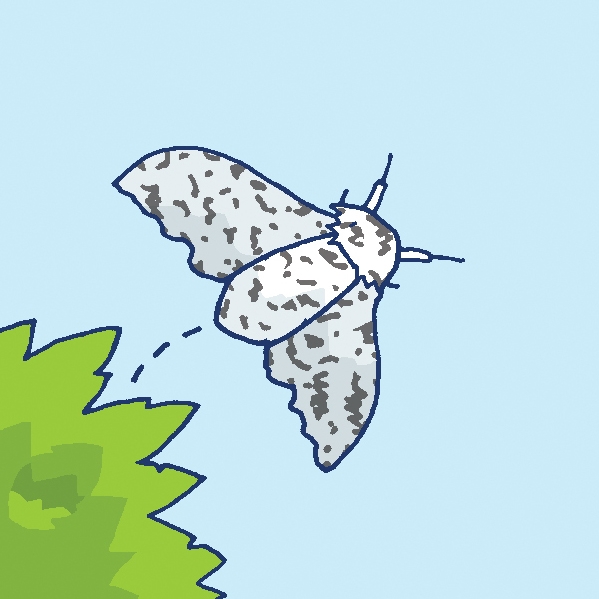

To celebrate #MothNight2018 we’ve got a copy of this beautiful book, MOTH, by Isabel Thomas (one of our Whizz Pop Bang writers). Written for younger children, this is the retelling of the story of the peppered moth. A true tale, and ideal introduction to natural selection and evolution for children.
“This is the story of light and dark…”
Enter by answering this question in the comment box below:
What sort of moth is this story about?
A. Salted moth
B. Sugared moth
C. Peppered moth
Enter by midnight on Sunday 17th June. By entering this competition you agree to the terms and conditions on our website. Thanks to Bloomsbury Publishing for this book.
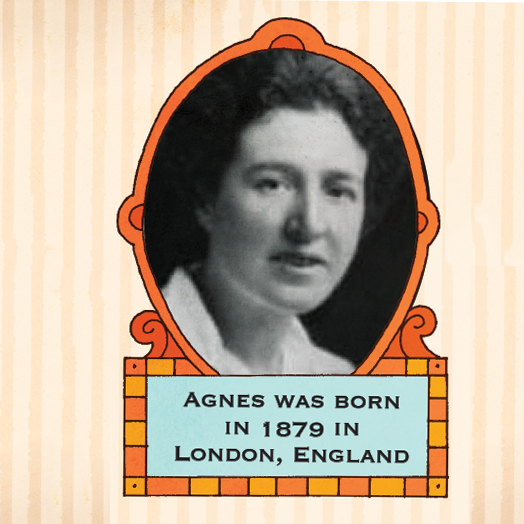
Each month we celebrate a sensational scientist from history; an eminent figure in the creation, invention or discovery of a scientific breakthrough. How many famous scientists can you name? How many of those are women? Female scientists were often forgotten or unknown, simply because they were women. And yet their work was instrumental in discovering hugely important scientific breakthroughs.
Inside Whizz Pop Bang magazine your kids will discover the historic world of science; who invented computers, who discovered the milky way and who is responsible for how we forecast the weather. We tell the story of these fascinating scientists, both male and female, and how they came to discover incredible things.
A few examples of the less well-known women we’ve featured: Lise Meitner, whose work led to the discovery of nuclear fission, astronomer Caroline Herschel and Agnes Arber, botanist and early ambassador in helping the world to recognize the amazing talent of women in science. Read the full list of sensational scientists below.

List of the sensational scientists featured in Whizz Pop Bang magazine:
Issue 1: Mary Anning
Issue 2: Charles Darwin
Issue 3: Maria Telkes
Issue 4: Leonardo da Vinci
Issue 5: Lise Meitner
Issue 6: Louis Pasteur
Issue 7: Rosalind Franklin
Issue 8: Antoine Lavoisier
Issue 9: Mary Somerville
Issue 10: Charles Lyell
Issue 11: Caroline Herschel
Issue 12: Jacques Cousteau
Issue 13: Grace Hopper
Issue 14: Roy Chapman Andrews
Issue 15: William Henry Perkin
Issue 16: Isambard Kingdom Brunel
Issue 17: Florence Nightingale
Issue 18: Albert Einstein
Issue 19: Gregor Mendel
Issue 20: Rachel Carson
Issue 21: Ibn al Haytham
Issue 22: Richard Feynman
Issue 23: Agnes Arber
Issue 24: Alfred Wegener
Issue 25: Jeanne Villepreux-Power
Issue 26: George de Mestral, velcro
Issue 27: Marie Curie
Issue 28: Nicolaus Copernicus
Issue 29: Hedy Lamarr
Issue 30: Archimedes
Issue 31: Anselmus De Boot
Issue 32: Joseph Bazalgette
Issue 33: Charles Darwin
Issue 34: Michael Faraday
Issue 35: Gerty Cori
To buy a back issue for just £3.75 (with free UK delivery!) visit our shop.


Each month we interview a SCIENCE HERO to find out what real scientists do in their jobs. This is where we ensure we have a real mix of male and female scientists to inspire girls and boys, and particularly showcase women in STEM roles. Breaking down gender stereotypes is an important part of Whizz Pop Bang magazine as we strive for a future of equality.
Many of the scientists we interview are happy to be contacted by readers who have their own questions, a great opportunity to chat to real scientists! We love this tweet from Electrical Engineer Nikita Hari who’s passionate about inspiring kids into science, especially girls…

Are your kids super curious, always asking questions and exploring new ideas? Help them to nurture their natural curiosity with Whizz Pop Bang! Here’s a list of the 35 scientists we’ve interviewed to date:
Issue 1: Beccy Smith, Chocolate scientist
Issue 2: Karen Ladenheim, Robotics scientist, Stanford University
Issue 3: Lynn Whitfield, Bat ecologist
Issue 4: Dr Steve Brusatte, Palaeontologist, Edinburgh University
Issue 5: Rob Lambert, Antarctic explorer and polar scientist
Issue 6: Tim Peake, Astronaut
Issue 7: Susan Cheyne, Conservation biologist (orangutans)
Issue 8: Misha Lotto, young scientist, Blackawton Bees Project
Issue 9: Josie Campbell, Vet
Issue 10: Shane Cronin, Volcanologist (New Zealand)
Issue 11: Jennifer Andon, Entomologist
Issue 12: Dr Maddalena Bearsi, Marine biologist
Issue 13: Prof Robert Winston, Medical scientist, Imperial College
Issue 14: Sarah Shelley, Fossil hunter
Issue 15: Helen Czerski, Bubble scientist
Issue 16: Abbie Hutty, Mars Rover engineer
Issue 17: Lara Aknin, Psychology professor (gift-giving)
Issue 18: Emma Burke, Penguin aquarist
Issue 19: Ian Gilby, Primatologist, Tanzania
Issue 20: Caoimhe Doyle, Foley Artist, sound effect engineer
Issue 21: Amy Dejong, Food scientist, University of Wisconsin

Issue 22: Payton Barnwell, Nanotechnologist, Florida Polytechnic Uni
Issue 23: Dave Goulson, Bumblebee biologist
Issue 24: Huw James, Science adventurer
Issue 25: Alex Hildred, Maritime archaeologist
Issue 26: Cierra Martin, Seed guardian
Issue 27: Toby Gemmill, Orthopaedic vet
Issue 28: Dr Sheyna, Martian (sort of!)
Issue 29: Richard Stammers, Visual effects artist
Issue 30: Andres Ruzo, Geothermal Scientist
Issue 31: Lisa Elser, Gem cutter
Issue 32: Pratap Pullammanappallil, Associate Professor of Agricultural and Biological Engineering at the University of Florida, USA
Issue 33: Dr Nicola Rooney, Research Fellow in the Animal Welfare and Behaviour Group at the University of Bristol
Issue 34: Nikita Hari, Electrical Engineer
Issue 35: Barry Drust, Professor of Exercise Physiology
Whizz Pop Bang magazine has helped to inspire lots of girls and boys to want to be scientists when they grow up! To buy a back issue (for just £3.75 inc UK delivery) visit our back issues shop or you can sign up for monthly magazines by post – simply subscribe online.
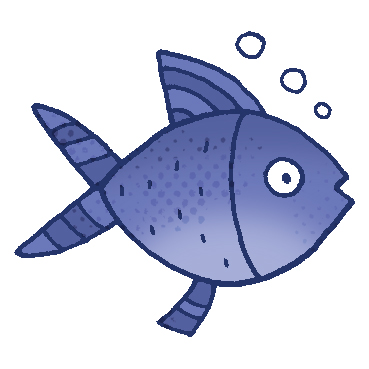

We’ve got five copies of The Story of Inventions to giveaway! Who invented the toilet, umbrella and diving suits? Find out in this fascinating book of inventions…

To enter simply answer this question in the comment box below:
Who created the world’s first electric motor?
a) Michael Faraday
b) Michael Magnet
c) Michael Field
Deadline to enter is midnight on 31st May 2018.
By entering this competition you agree to our terms and conditions. Thanks to Usborne Books for supplying the prizes.
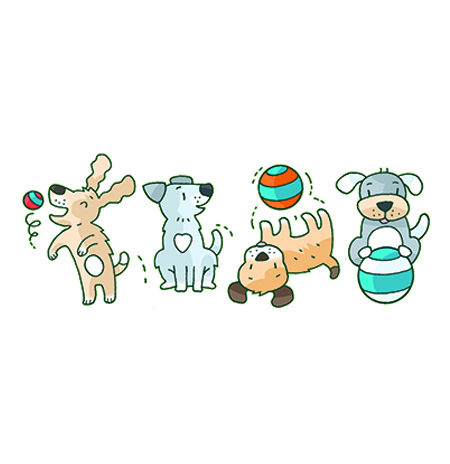
Mini scientist Poppy explains how to play the virtual breeding game in the Purr-fect pets issue of Whizz Pop Bang science magazine.
Experiment with breeding different dogs together and see what colour the puppies are! Each dog has two copies of the coat colour gene. The black coat gene (B) is dominant and the brown coat gene (b) is recessive. This means that only puppies with bb genes will be brown, and all those with one or two B genes will be black.
What you do:
You should find:
Even though Daisy and Max are black, they can still produce brown puppies together, but Buddy and Bella will never produce brown puppies, even if they’re bred with a brown dog. Only Molly with Rocky will produce all brown puppies. Brown puppies are rarer than black so they cost more. This is why pet breeders often breed closely related animals with rare features together.
To play this game, buy the Purr-fect Pets issue of Whizz Pop Bang magazine from our online shop for just £3.75 with free UK delivery.
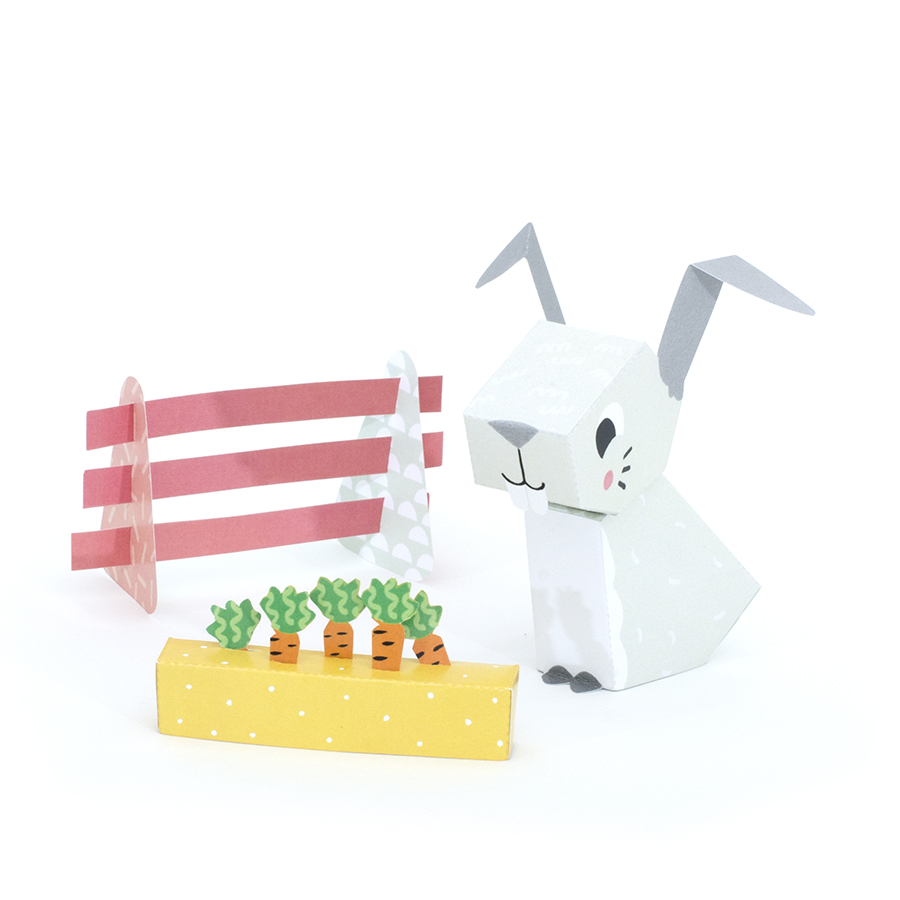

Today is National Pet day! The purr-fect day to launch our online competition to win one of four Paper Pets books, with 10 cute pets and their accessories to pop out and make. Each pet has a name, a house (or a perch for the parrot!) toys and even some food.
To enter this competition you’ll need your Purr-fect Pets issue of Whizz Pop Bang handy. Have you read about Charles Darwin’s pets yet? Tell us which of these animals he kept in the comment box below ??
Which pets did Charles Darwin keep?
a) newts
b) stick insects
c) pigeons
Enter by midnight on 30th April. Good luck!
Thanks to Quarto Kids for supplying four Paper Pets books for this Whizz Pop Bang competition.


We’re lucky to have Steve on the Whizz Pop Bang boffin team (our panel of expert scientists who advise us on the latest scientific developments), so we asked him a few questions about the latest dinosaur print to be discovered on the Isle of Skye.
1. Are there words to describe just how exciting it feels to discover these tracks?

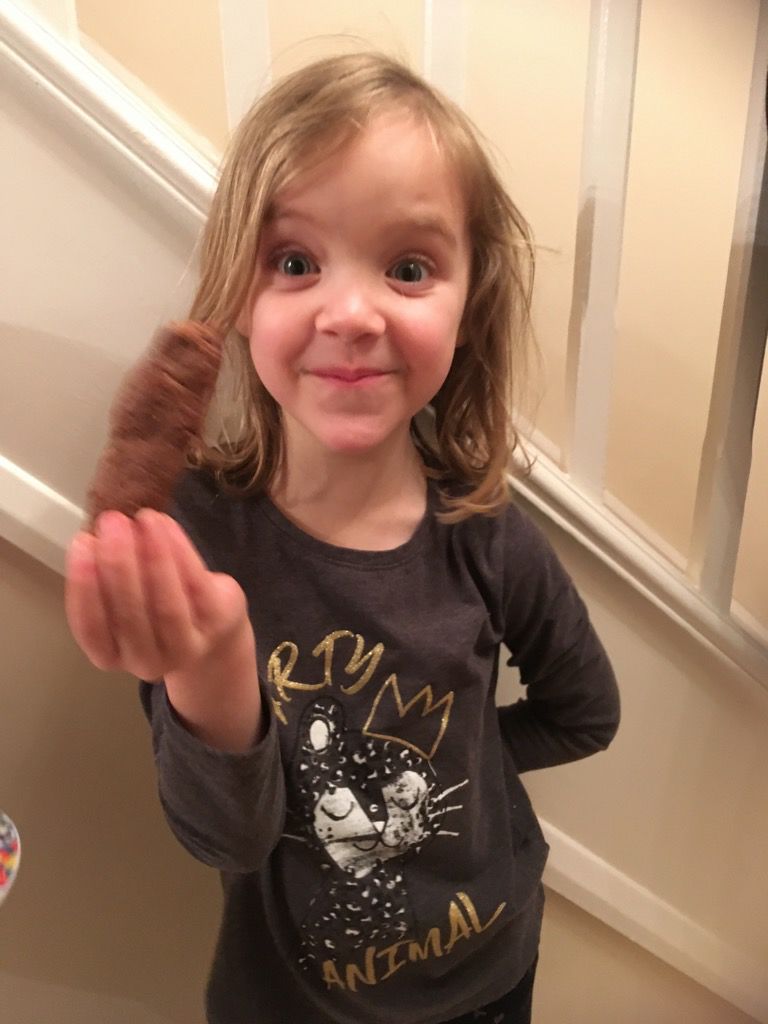
We’ve been inundated with your photos of edible poo!!!! The PLOP-TASTIC poo issue has been the most popular issue of Whizz Pop Bang, proving (as if any parent or teacher needed proof) that kids really do love talking about poo!
WARNING! DO NOT look at these photos whilst eating, or if you’re easily offended by the sight of very realistic poo on a plate…
Intrigued about the ingredients for edible poo? Buy the PLOP-TASTIC poo issue of Whizz Pop Bang science magazine from our back issues shop and let the poo-themed fun begin!
